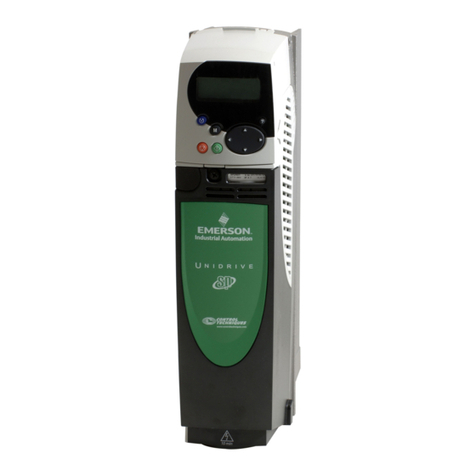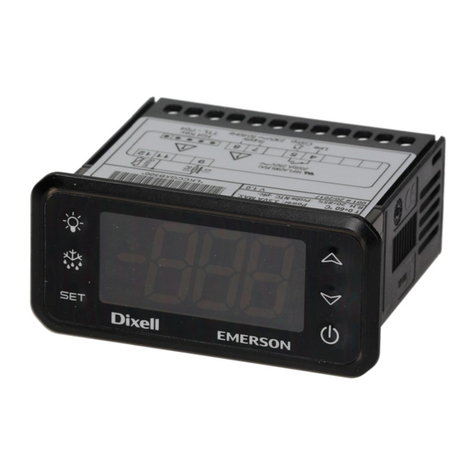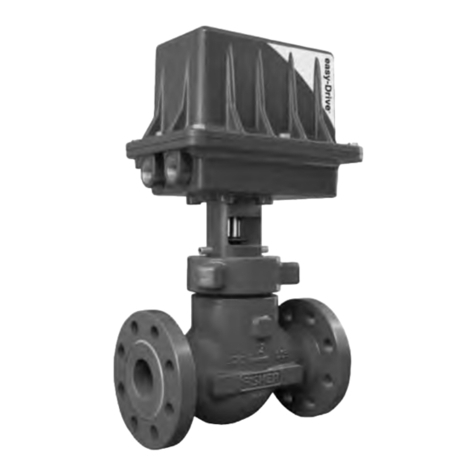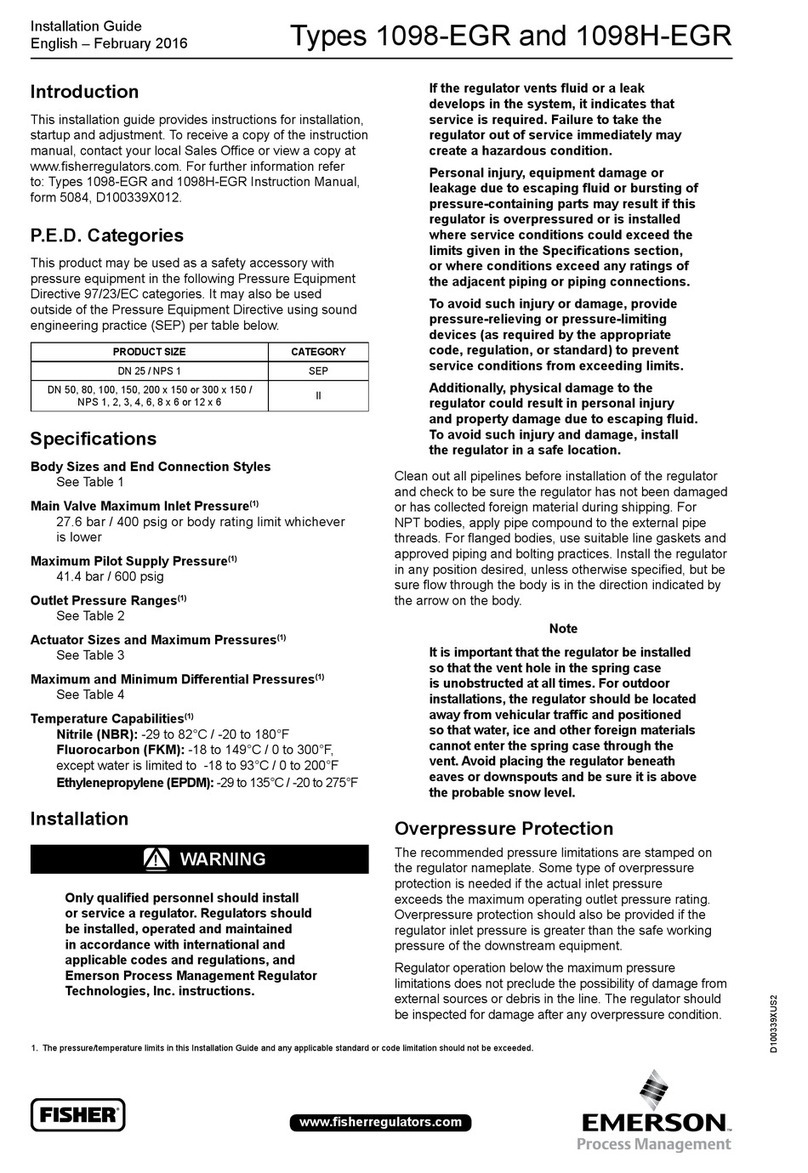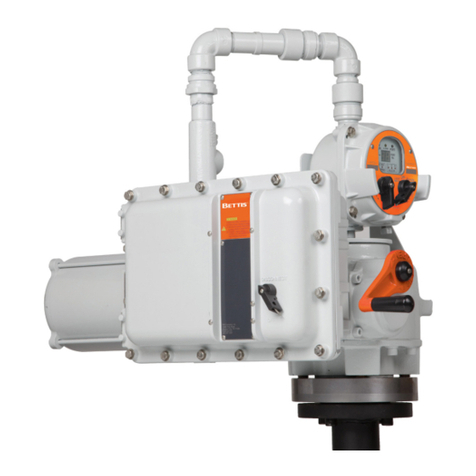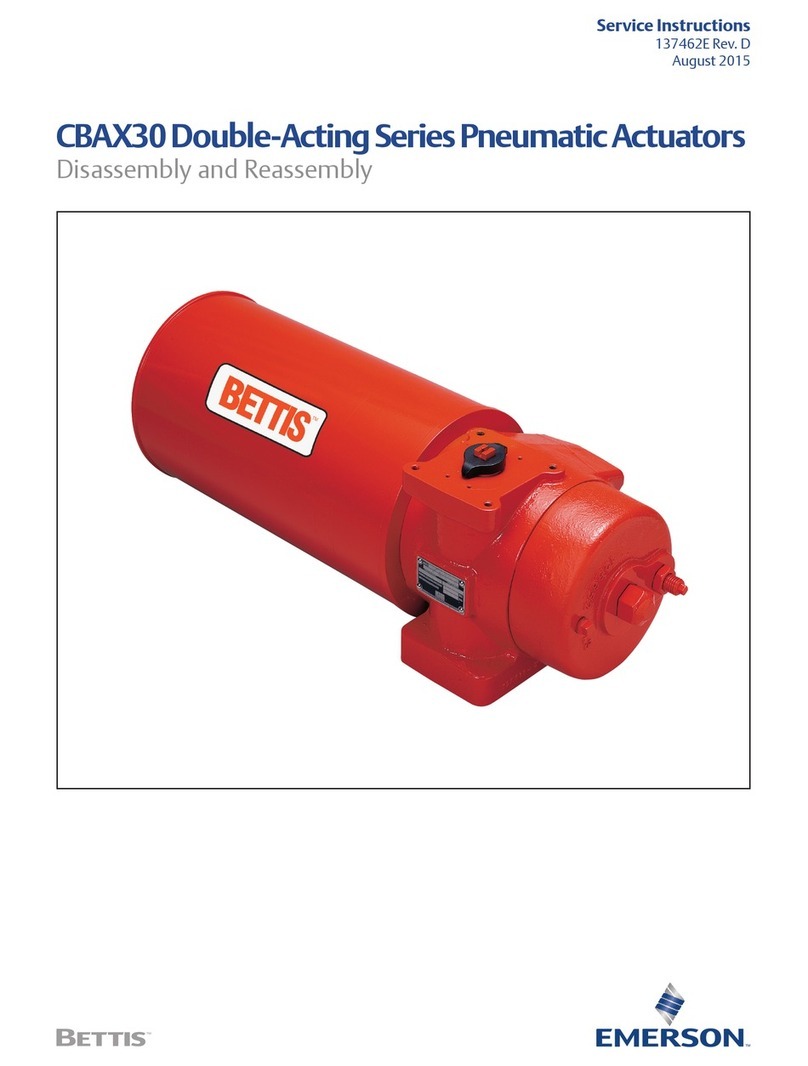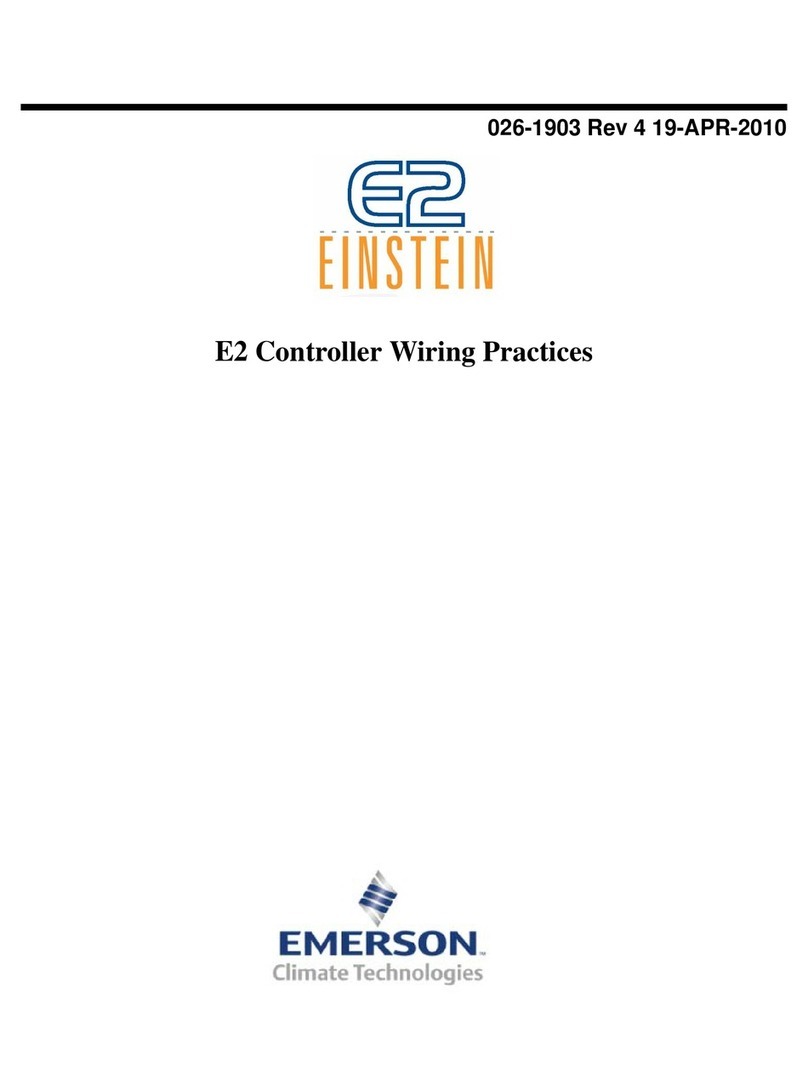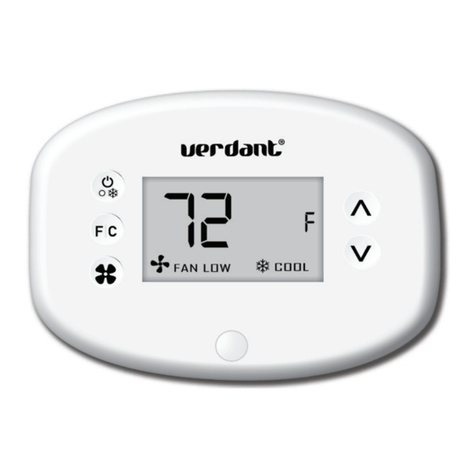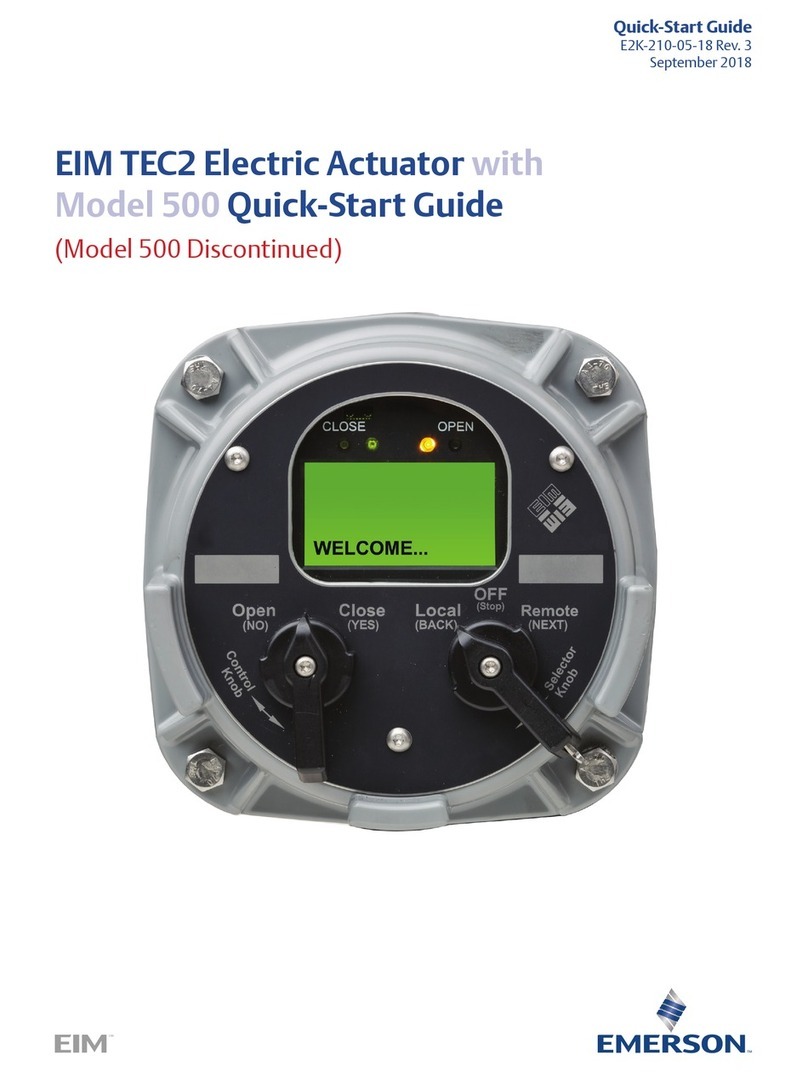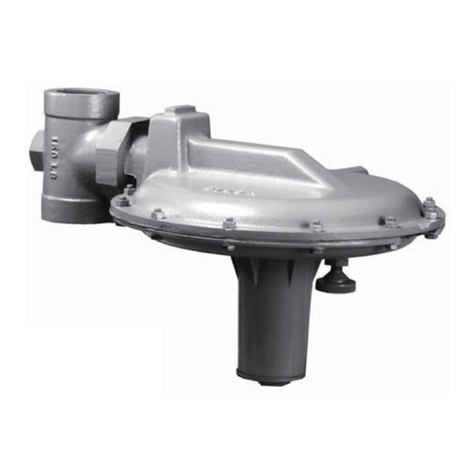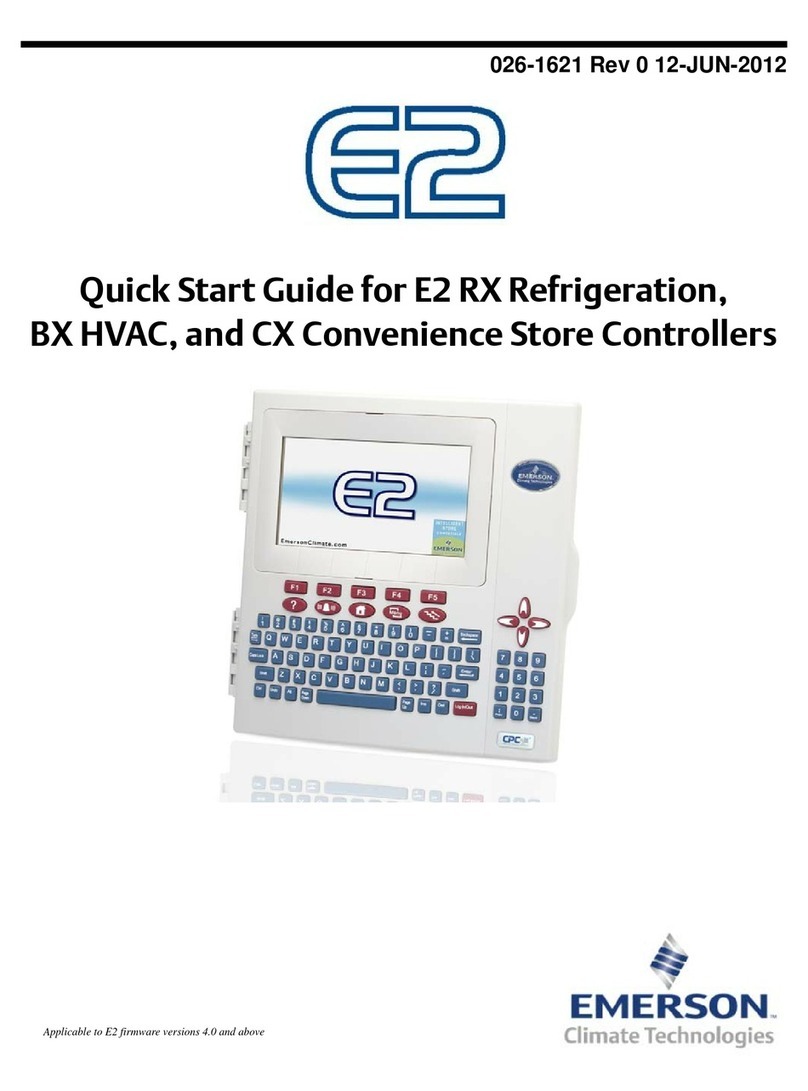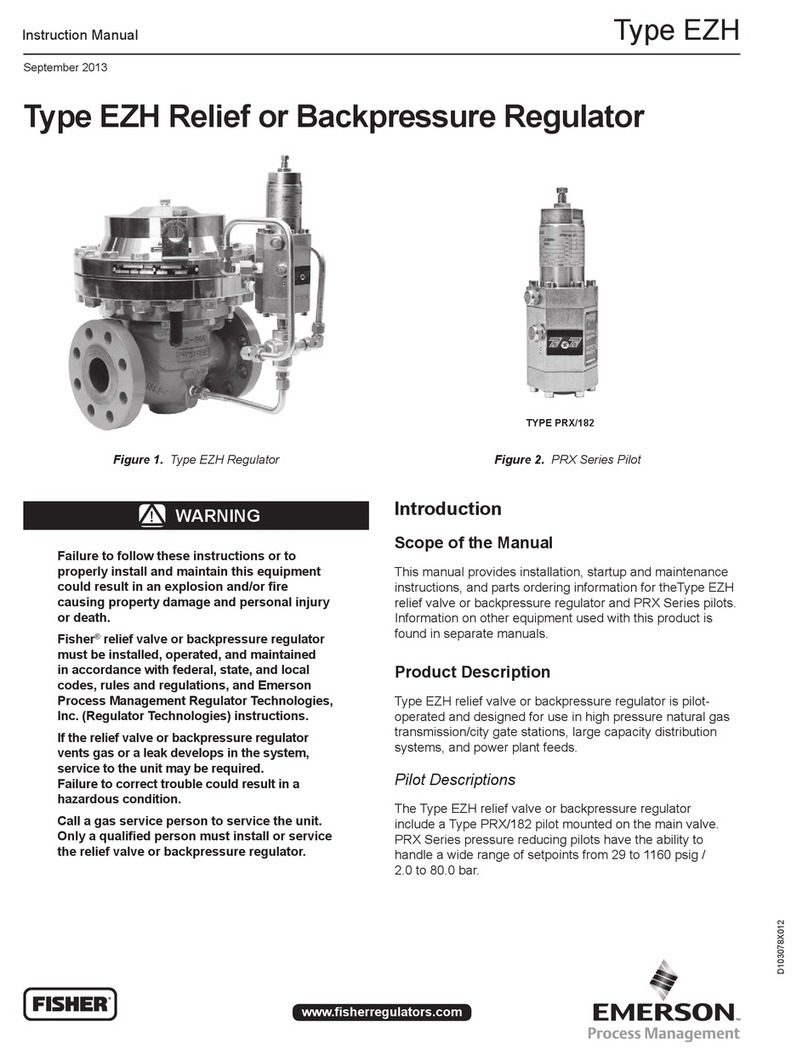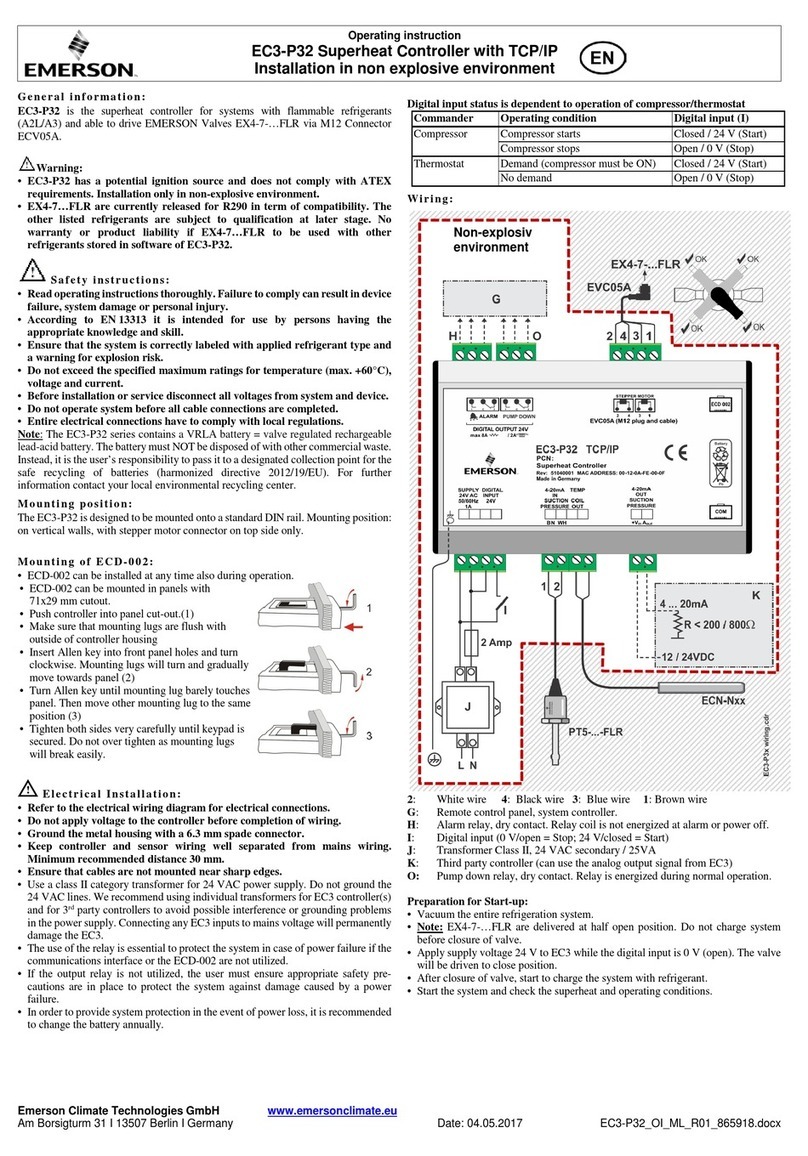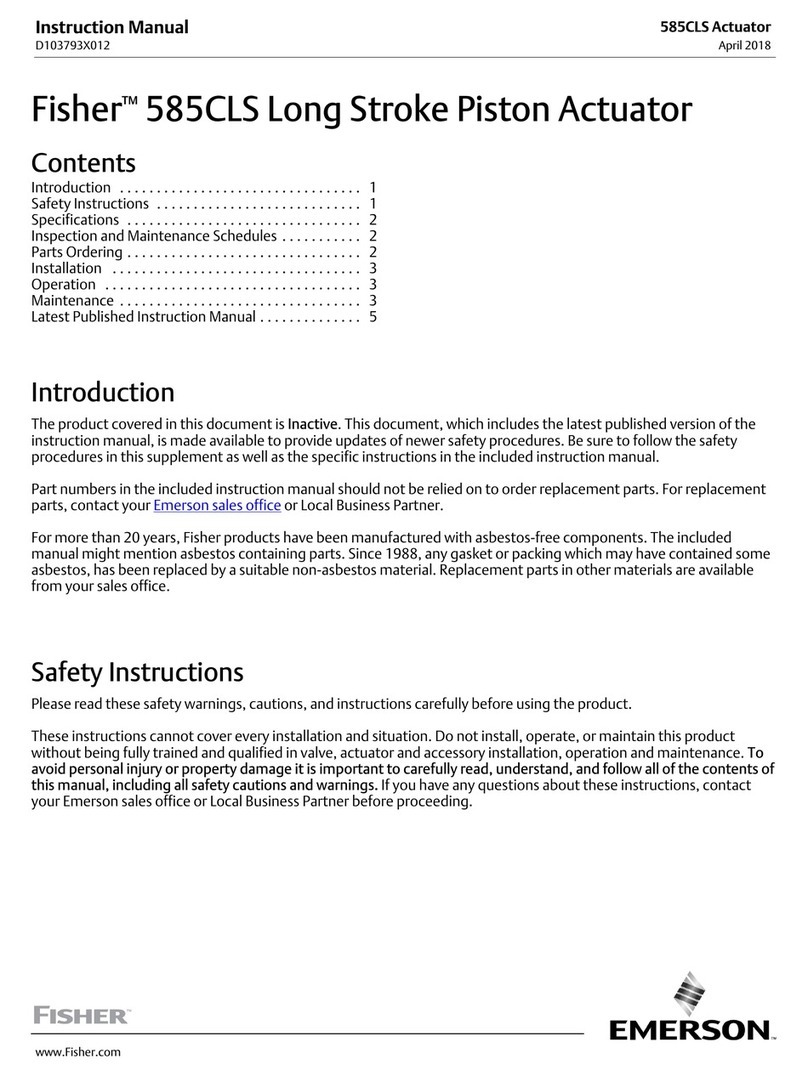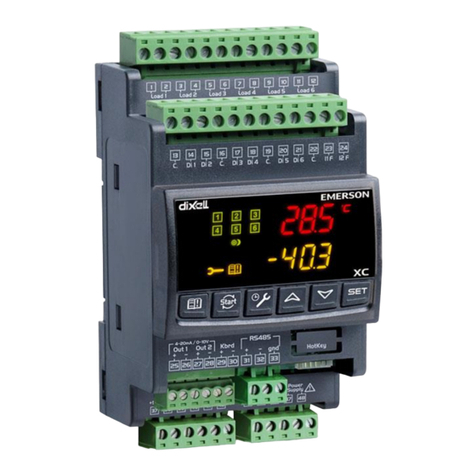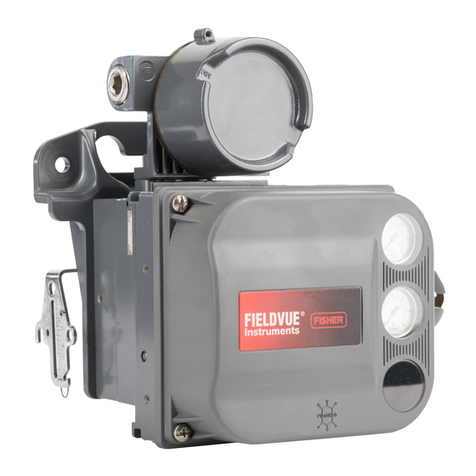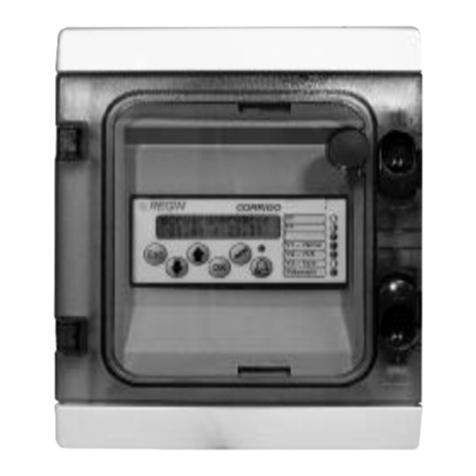
1598024xxx XR30CX VST GB r1.0 2011.01.21.doc XR30CX 3/4
Time of buzzer restart after muting, in case of alarm duration: (0÷30min) when 0
the buzzer is always off after muting.
Alarm relay polarity: it set if the alarm relay is open or closed when an alarm
happens. CL= terminals 1-2 closed during an alarm; oP = terminals 1-2 open during
an alarm
DIGITAL INPUT
Digital input polarity: (oP; CL) oP = the digital input is activated by opening the
contact; CL = the digital input is activated by closing the contact.
Digital input configuration: (EAL; bAL; PAL; dor; dEF; AUS; Htr; FAn; ES)
EAL = external alarm: “EA” message is displayed; bAL = serious alarm “CA”
message is displayed. PAL = pressure switch alarm, “CA” message is displayed; dor
= door switch function; dEF = activation of a defrost cycle; AUS =to switch on the
second relay if oA1 = AUS; Htr = kind of action inversion (cooling – heating); FAn =
not set it; ES = Energy saving.
Digital input alarm delay when i1F=EAL or i1F=bAL: (0÷255 min) delay between
the detection of the external alarm condition and its signalling.
With i1F= dor: door open signalling delay.
With i1F=PAL: time for pressure switch function. It is the time
interval to calculate the number of the pressure switch activation.
Number of pressure switch activation: (015) Number of activation, during the did
interval, before signalling an alarm event (i2F=PAL).
If the nPS activation during did time is reached, switch off and on the instrument to
restart normal regulation.
Compressor status when open door: (no; FAn; CPr;F_C;) no = normal;
FAn = normal; CPr = compressor OFF, F_C = compressor OFF.
Outputs restart after doA alarm: (n; Y) n= outputs not affected by the doA alarm;
Y= outputs restart with the doA alarm.
Temperature increase during the Energy Saving cycle: (-30.030.0°C; -5454°F)
it sets the increasing value of the set point [SET+HES] during the Energy Saving
cycle.
OTHER
Serial address: (1÷244) identifies the instrument address when connected to a
ModBUS compatible monitoring system.
Type of probe: (ntC, CtC) it allows to set the kind of probe used by the instrument:
PtC = PTC probe, Pt1 = Pt1000 probe.
On/Off key enabling: (nU; oFF; ES) nU = disabled; oFF = enabled; ES = not set it.
Real set point: it shows the set point used during the energy saving cycle or during
the continuous cycle.
Software release for internal use.
Parameter table code: readable only.
8. DIGITAL INPUT
The free voltage digital input is programmable in different configurations by the i1F parameter.
8.1 DOOR SWITCH INPUT (i1F = dor)
It signals the door status and the corresponding relay output status through the odC parameter: no,
Fan = normal (any change); CPr, F_C = Compressor OFF.
Since the door is opened, after the delay time set through parameter did, the door alarm is enabled,
the display shows the message “dA” and the regulation restarts is rtr=Y. The alarm stops as soon
as the external digital input is disabled again. With the door open, the high and low temperature alarms
are disabled.
8.2 GENERIC ALARM (i1F = EAL)
As soon as the digital input is activated the unit will wait for did time delay before signalling the “EAL”
alarm message. The outputs status doesn’t change. The alarm stops just after the digital input is de-
activated.
8.3 SERIOUS ALARM MODE (i1F = bAL)
When the digital input is activated, the unit will wait for did delay before signalling the “CA” alarm
message. The relay outputs are switched OFF. The alarm will stop as soon as the digital input is de-
activated.
8.4 PRESSURE SWITCH (i1F = PAL)
If during the interval time set by did parameter the pressure switch reaches the nPS number of
activation, the “CA” pressure alarm message will be displayed and the compressor and the regulation
will be stopped. When the digital input is ON the compressor is always OFF.
If the nPS activation in the did time is reached, switch off and on the instrument to restart
normal regulation.
8.5 START DEFROST (i1F = dFr)
A defrost will start if there are the right conditions. After the defrost is finished, the normal regulation
will restart only if the digital input is disabled otherwise the instrument will wait for MdF safety time to
expire.
8.6 INVERSION OF THE KIND OF ACTION: HEATING-COOLING (i1F = Htr)
This function allows to invert the regulation of the controller: from cooling to heating and viceversa.
8.7 ENERGY SAVING (i1F = ES)
The Energy Saving function allows to change the set point value as the result of the [SET+ HES]
(parameter) sum. This function is enabled until the digital input is activated.
8.8 DIGITAL INPUTS POLARITY
The digital input polarity depends on the i1P parameter.
i1P=CL: the input is activated by closing the contact.
i1P=OP: the input is activated by opening the contact
9. TTL SERIAL LINE – FOR MONITORING SYSTEMS
It is possible to connect the instrument to a ModBUS-RTU compatible monitoring system (e.g.
X-WEB500/3000/300) by using the TTL serial line available on the HOTKEY connector. An external
adapter has to be used to connect the device to the network (e.g. a TTL/RS485 converter XJ485-CX).
10. INSTALLATION AND MOUNTING
Instrument XR30CX shall be mounted on vertical panel, in a 29x71
mm hole, and fixed using the special bracket supplied.
The temperature range allowed for correct operation is 060 °C.
Avoid places subject to strong vibrations, corrosive gases,
excessive dirt or humidity. The same recommendations apply to
probes. Let air circulate by the cooling holes.
11. ELECTRICAL CONNECTIONS
The instrument is provided with screw terminal block to connect cables with a cross section up to
2.5mm2. Before connecting cables make sure the power supply complies with the instrument’s
requirements. Separate the probe cables from the power supply cables, from the outputs and the
power connections. Do not exceed the maximum current allowed on each relay, in case of heavier
loads use a suitable external relay.
11.1 PROBE CONNECTION
The probes shall be mounted with the bulb upwards to prevent damages due to casual liquid
infiltration. It is recommended to place the thermostat probe away from air streams to correctly
measure the average room temperature. Place the defrost termination probe among the evaporator
fins in the coldest place, where most ice is formed, far from heaters or from the warmest place during
defrost, to prevent premature defrost termination.
12. HOW TO USE THE HOT KEY
12.1 HOW TO PROGRAM A HOT KEY FROM THE INSTRUMENT (UPLOAD)
1. Program one controller with the front keypad.
2. When the controller is ON, insert the “HOT-KEY” and push UP button; the “uPL” message
appears followed a by a flashing “End” label.
3. Push SET button and the “End” will stop flashing.
4. Turn OFF the instrument, remove the “HOT-KEY” and then turn it ON again.
NOTE: the “Err” message appears in case of a failed programming operation. In this case push again
button if you want to restart the upload again or remove the “HOT-KEY” to abort the operation.
12.2 HOW TO PROGRAM AN INSTRUMENT USING A HOT KEY (DOWNLOAD)
1. Turn OFF the instrument.
2. Insert a pre-programmed “Hot Key” into the 5-PIN receptacle and then turn the Controller
ON.
3. The parameter list of the “Hot Key” will be automatically downloaded into the Controller
memory. The “doL” message will blink followed a by a flashing “End” label.
4. After 10 seconds the instrument will restart working with the new parameters.
5. Remove the “HOT-KEY”.
NOTE: the message “Err” is displayed for failed programming. In this case turn the unit off and then
on if you want to restart the download again or remove the “HOT-KEY” to abort the operation.
13. ALARM SIGNALS
Compressor output acc. to par. Con and CoF.
Maximum temperature alarm
Minimum temperature alarm
Compressor restart according to rrd.
Serious external alarm (i1F=bAL)
Pressure switch alarm (i1F=PAL)
13.1 ALARM RECOVERY
Probe alarm “P1” starts some seconds after the fault in the related probe; they automatically stop
some seconds after the probe restarts normal operation. Check connections before replacing the
probe.
Temperature alarms “HA” and “LA” automatically stop as soon as the temperature returns to normal
values.
Alarms “EA” and “CA” (with i1F=bAL) recover as soon as the digital input is disabled.
Alarm “CA” (with i1F=PAL) recovers only by switching off and on the instrument.
13.2 OTHER MESSAGES
In programming mode: none parameter is present in Pr1
On the display or in dP2, dP3, dP4: the selected probe is nor enabled
14. TECHNICAL DATA
Housing: self extinguishing ABS.
Case: XR30CX frontal 32x74mm; depth 60mm.
Mounting: XR30CX panel mounting in a 71x29mm panel cut-out.
Protection: IP20. Frontal protection: XR30CX IP65.
Connections: Screw terminal block 2.5 mm2wiring.
Power supply: 100Vac 10%, 50/60Hz; 230Vac 10%, 50/60Hz.

